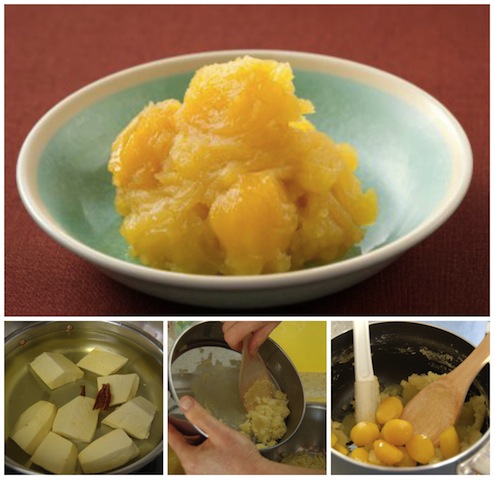
by Elizabeth Andoh | Dec 22, 2019 | Recipes, Winter
Kuri kinton sweet chestnuts in yam paste. KURI KINTON 栗金団 This traditional New Year’s sweet combines syrup-stewed chestnuts with a sweet paste made of mashed and sieved satsuma imo potato. The golden color of both the chestnuts and the potatoes are enhanced by...
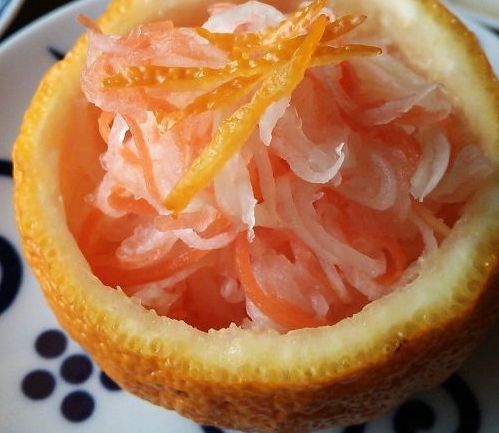
by Elizabeth Andoh | Dec 12, 2019 | Recipes, Winter
Classic KOHAKU NAMASU, “red and white salad” is made from finely shredded daikon and carrots. Fruit peel is added after the vegetables have been salt-wilted and rinsed. The mixture is marinated in sweet-and-sour sauce for several hours to several days. Yuzu peel is...
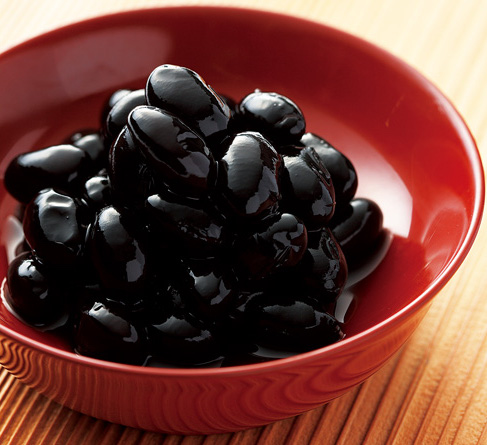
by Elizabeth Andoh | Dec 2, 2019 | Recipes, Winter
Glossy sugar-stewed black beans, a New Year’s treat. KURO MAMÉ black beans・earnest effort 黒豆・苦労+忠実 In the world of culinary endeavor, word-play can add a nuance of flavor to mealtime. Several of Japan’s osechi dishes served during the New Year holiday exemplify...
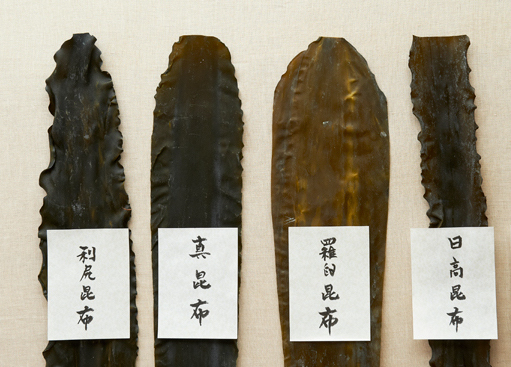
by Elizabeth Andoh | Nov 28, 2019 | Autumn, Recipes
Four varieties of kombu (left to right): Rishiri, ma, Rausu, Hidaka. Find out about the differences among kombu varieties and how best to make stock from them. 昆布の力 Kombu Power All varieties of kombu are rich in umami seibun, or glutamates; the essence of flavor...
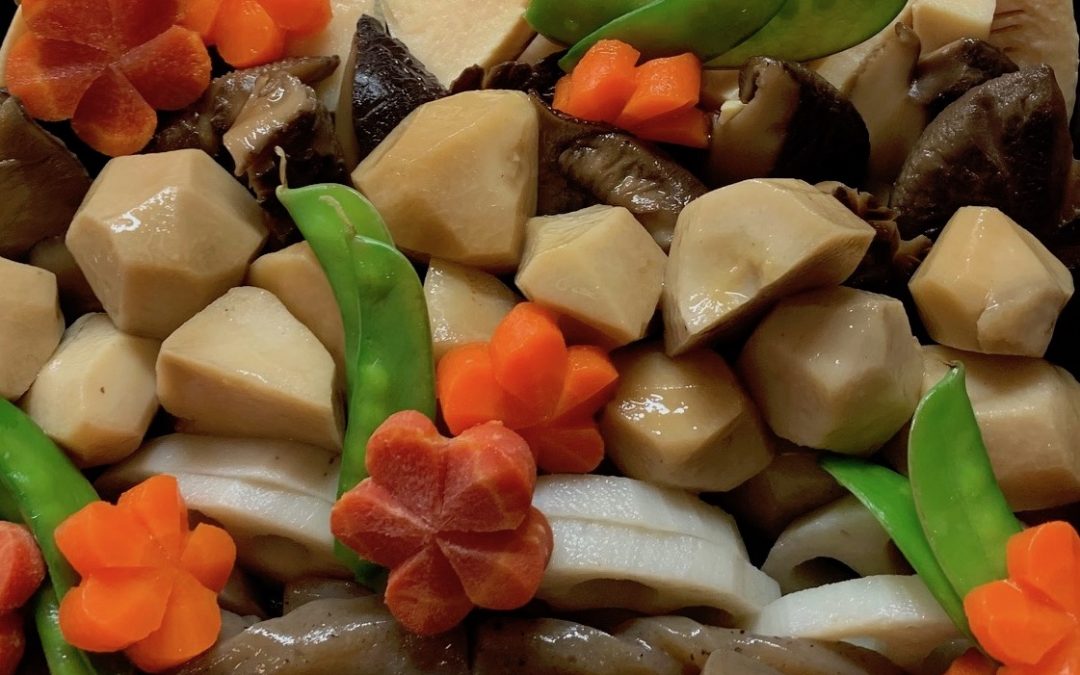
by Elizabeth Andoh | Nov 22, 2019 | Recipes, Winter
In the nishimé assortment pictured here, lotus root, carrots and country potatoes have been simmered Kansai-style while dried shiitaké mushrooms and konnyaku braids have been prepared Kanto-style. NISHIMÉ・煮染め Hundreds of variations on this classic soy-simmered dish...
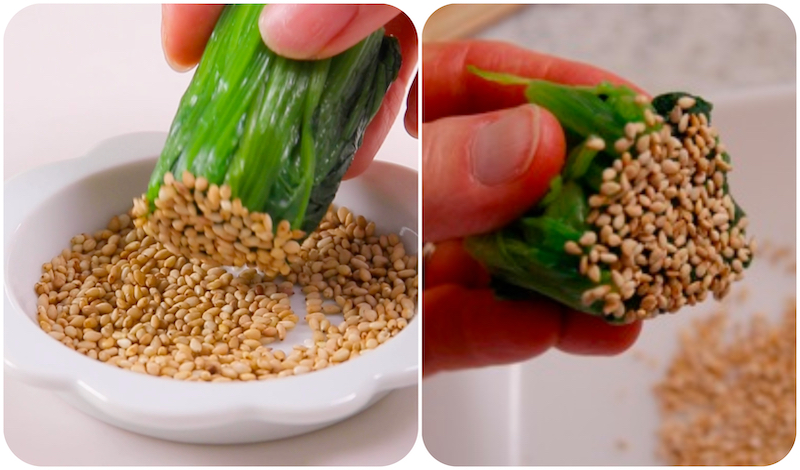
by Elizabeth Andoh | Nov 12, 2019 | Autumn, Recipes
Spinach ohitashi garnished with katsuo-bushi flakes. Spinach Steeped in Broth Hōrensō no Ohitashi ほうれん草のお浸し The verb hitasu means “to steep” and is the root of the word ohitashi, a classic dish frequently seen on Japanese restaurant menus, served at family dinner...







